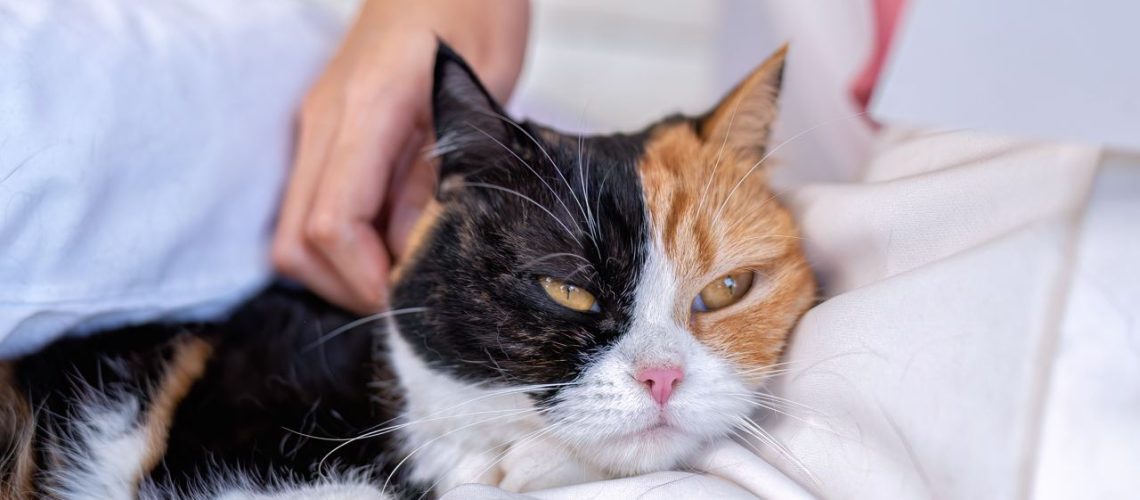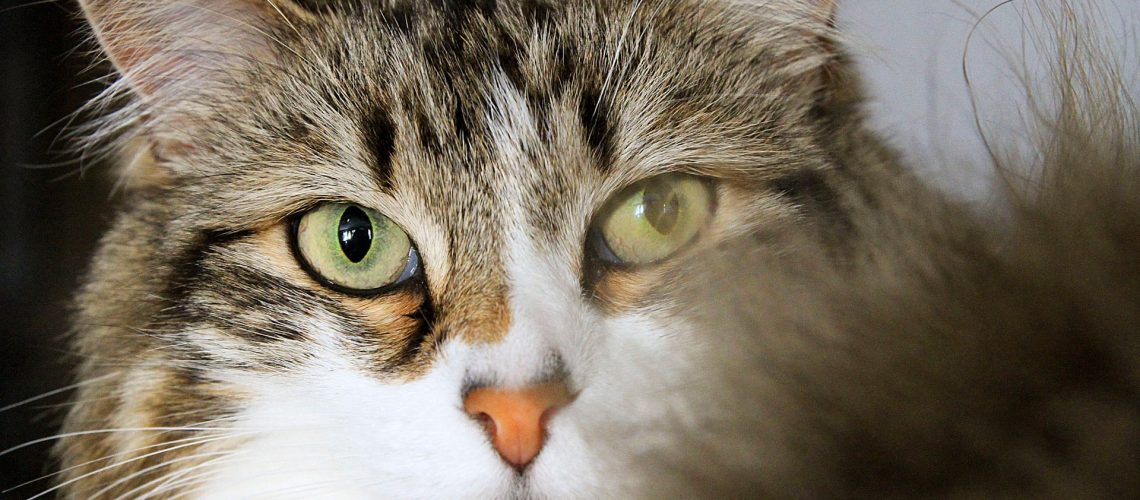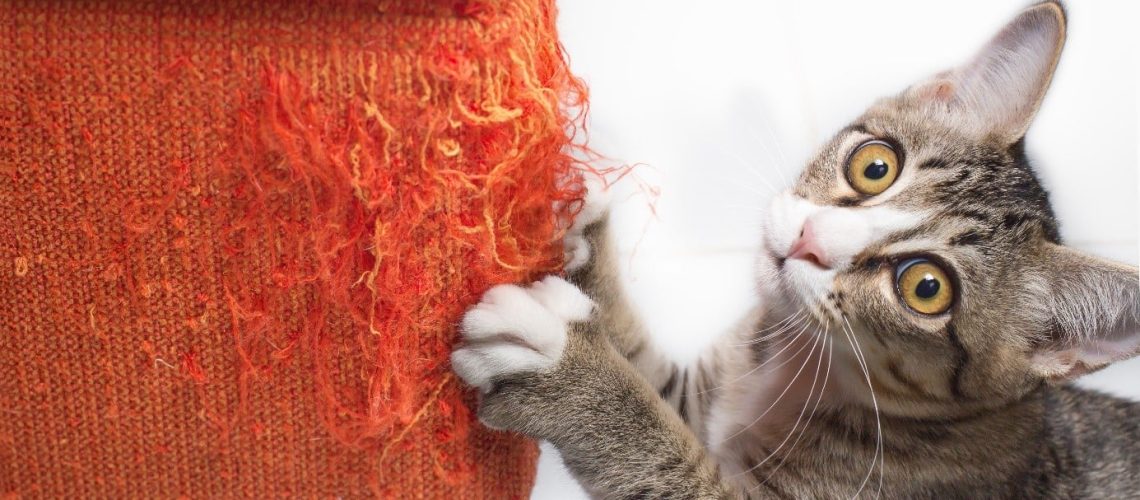Cats are good at hiding pain and discomfort. Sometimes, however, they give us subtle signals that something is wrong. A common condition in cats is sneezing disease, a viral infection that affects the respiratory tract. It is important to recognize the symptoms of this condition. That way, you can give your cat the proper care in time.
The symptoms of sneezing disease in cats are:
1. Sneezing and coughing
Like humans, cats with sneezing disease will often sneeze and cough. This can range from the occasional small sneeze to frequent and loud coughing.
2. Runny nose and watery eyes
A runny nose and watery, inflamed eyes are also common symptoms of sneezing disease in cats. You may notice that your cat has more tear fluid. Your cat has trouble keeping their eyes open due to irritation.
3. Reduced appetite.
If your cat is suffering from sneezing disease, it may also lead to a decreased appetite. They may show less interest in food. Some cats even stop eating altogether due to congestion and general discomfort.
4. Lethargy
Cats with sneezing disease may also become lethargic. They may be less active than normal and spend more time sleeping or resting.
5. Fever
An elevated body temperature can also be a sign of sneezing disease in cats. This may be accompanied by other symptoms such as lethargy and lack of appetite.
If your cat exhibits the above symptoms, contact your veterinarian immediately. These symptoms may indicate a health problem that requires treatment. It is important to take prompt action to ensure your cat’s health. Early diagnosis and treatment can help alleviate symptoms and prevent complications.
Treatment of cats sneezing disease
We spoke with veterinarian Peter Klaver about treating sneezing disease in cats. In the video below, he explains how to help your cat recover from sneezing disease. This includes giving medication, providing a comfortable environment and monitoring their symptoms.
What medications and vaccinations for cats sneezing disease?
Treatment of sneezing disease in cats usually involves the use of medications. These medications help to relieve the symptoms. In addition, they support the cat’s immune system. Antibiotics may be prescribed to treat bacterial infections that can occur with a weakened immune system.
Antiviral medications can also be used, although their effectiveness may vary. Vaccinations play a crucial role in preventing sneezing disease. Vaccinated cats are better protected against the main causes of sneezing disease, such as herpes virus and calicivirus.
Life expectancy and course of sneezing disease in cats
The life expectancy of a cat with sneezing disease is affected by several factors. The severity of the infection plays a role. The overall health of the cat is also important. In addition, how quickly and effectively treatment is started is important.
If cats are examined and treated in time, there is a good chance that they will make a full recovery. Cats then have the same life expectancy as normal.
Sneezing disease can cause serious problems. Especially in young kittens, older cats and cats with weak immune systems. In these cases, sneezing disease can lead to pneumonia, chronic respiratory problems and other health complications that can be life-threatening.
If a cat becomes seriously ill with sneezing disease, its life can become very difficult. In that case, euthanasia may be a choice. This is a difficult choice that must be discussed with the veterinarian. You must consider your cat’s specific situation.
In general, sneezing disease in cats is easily treatable and rarely needs to lead to euthanasia, as long as the cat receives proper medical care in a timely manner.
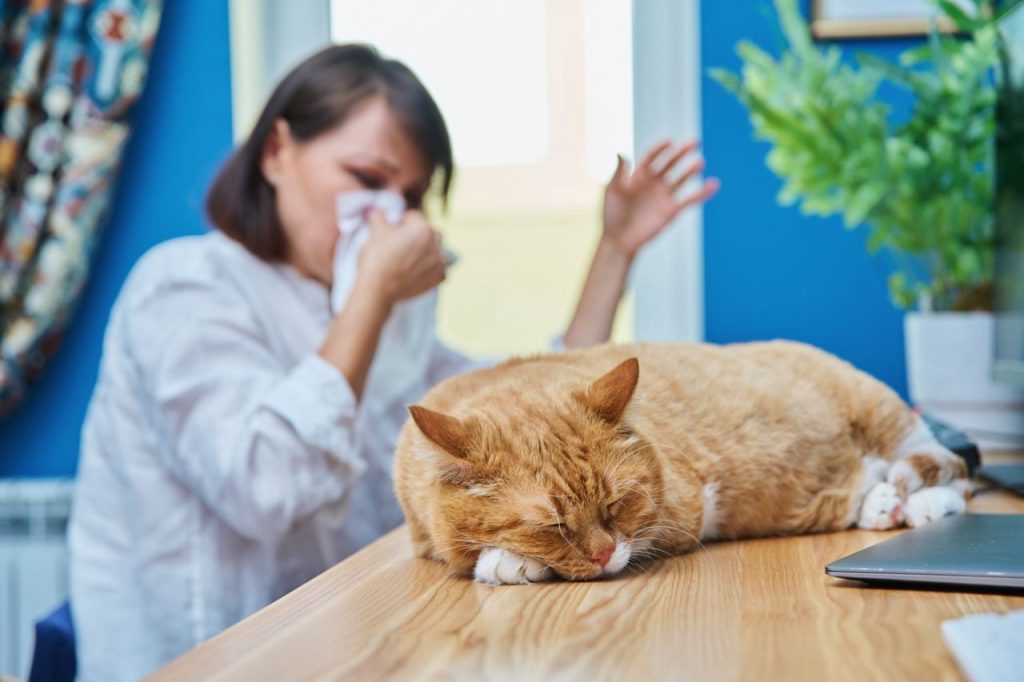
Is cat sneezing disease contagious?
Yes, cat sneezing disease is highly contagious. Cat Sickness is usually spread through direct contact between cats. This can happen through sneezing, coughing or sharing food and water bowls. So avoid getting your cat into places where there are many cats during cat flu.
The virus can also survive on surfaces such as clothing, toys and furniture. Sick cats should be kept separate with proper hygiene measures. This prevents the spread of sneezing disease.
Chronic sneezing disease in cats
In some cases, sneezing disease can become chronic. This means that symptoms persist for a long time or recur regularly, even after treatment. Chronic sneezing disease can cause long-term symptoms such as sneezing, coughing, runny nose and inflamed eyes.
A veterinarian can make a plan for this. The plan serves to control the cat’s long-term symptoms. The goal is to ensure that the cat remains comfortable.
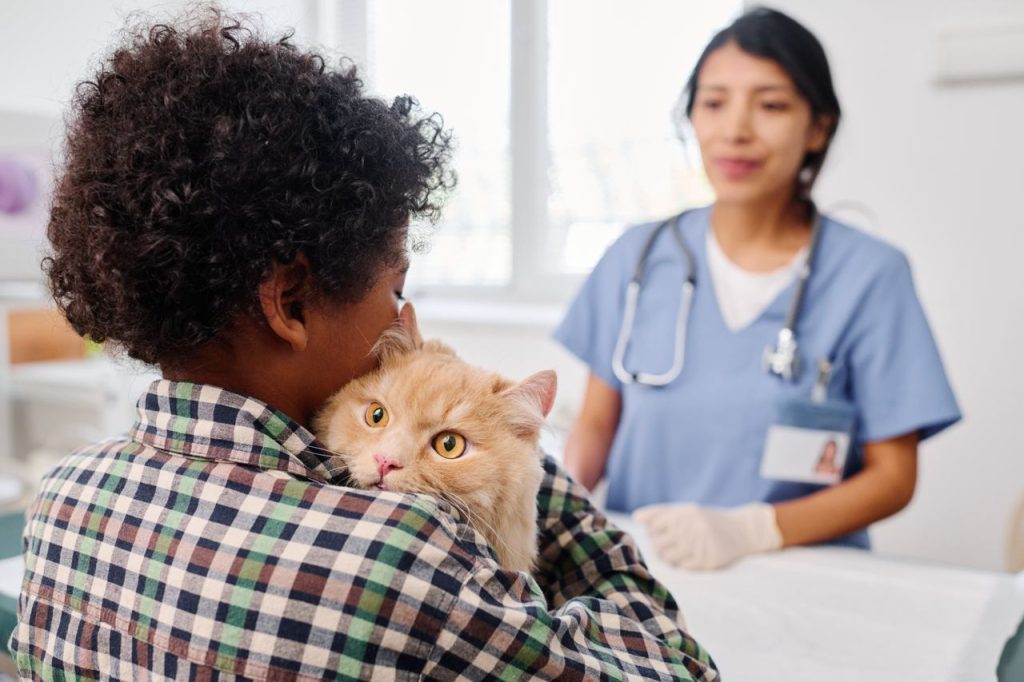
Insuring your cat for sneezing disease
Your cat’s well-being is of the utmost importance, and sometimes medical expenses can be a concern. Fortunately, you can be prepared by purchasing cat insurance. With cat insurance, you’re covered for the cost of medications, vet consultations and vaccinations, giving you peace of mind in case of illness or injury.
Protect your cat and make sure they get the best care they deserve. Get cat insurance today and give your cat a healthy and happy future.

